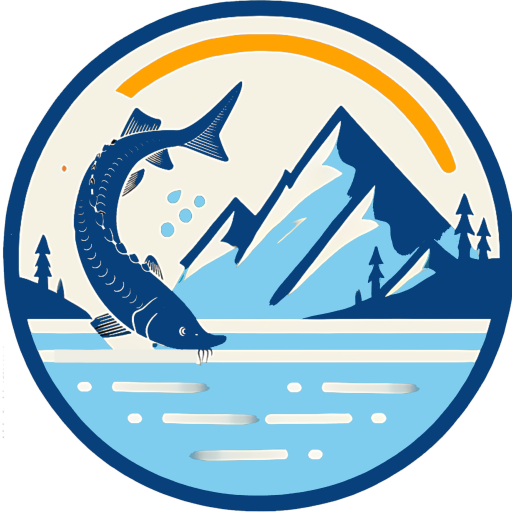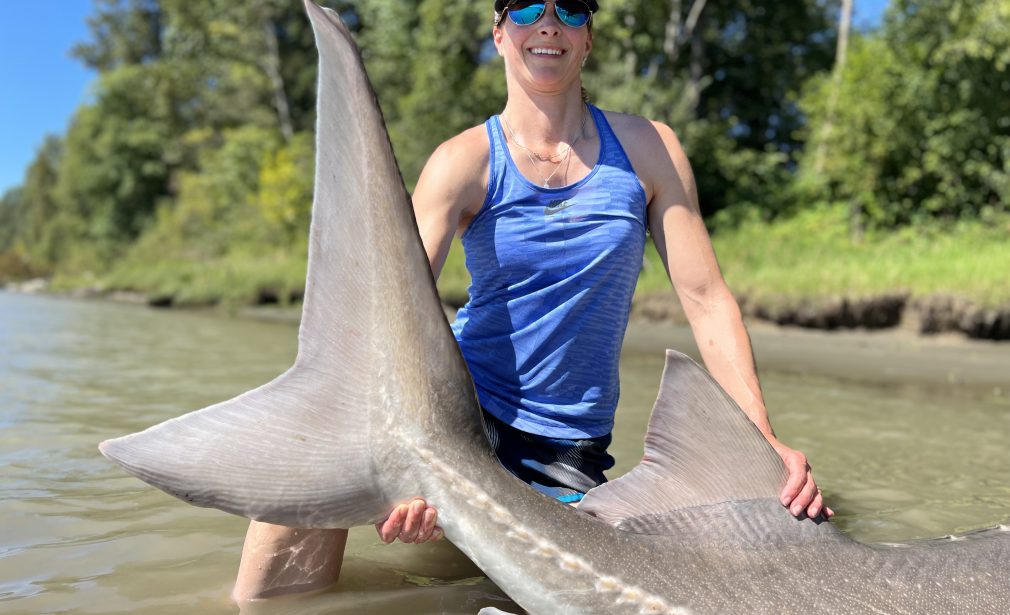The Magnificent Sturgeon: Giants of the River and Guardians of Our Heritage
Sturgeon are often referred to as living fossils, a title earned through their remarkable resilience and ancient lineage. These magnificent creatures have roamed our rivers for millions of years, surviving through epochs of natural change and human influence. As one of the oldest species still in existence, sturgeon embody the rich history of aquatic life, serving as a bridge between the prehistoric world and the present day.
The Ancient Legacy of Sturgeon
Sturgeon are part of the Acipenseridae family, with some species dating back to the time of the dinosaurs. These fish are characterized by their elongated bodies, bony plates called scutes, and their unique feeding mechanism, which involves vacuuming up food from the riverbed. Known for their impressive size, sturgeon can grow to be over 12 feet long and weigh hundreds of pounds. They inhabit both freshwater and saltwater environments, with species found in North America, Europe, and Asia.
The Fraser River, in particular, is home to the white sturgeon, North America’s largest freshwater fish. These river giants have played a crucial role in the ecosystem and have been a vital resource for indigenous communities for centuries.
Sturgeon Conservation and Tagging Programs
Despite their resilience, sturgeon populations have faced significant threats over the past century. Although we have one of the biggest sturgeon rivers in the world in the Fraser River. Overfishing, habitat loss, and pollution have contributed to declining numbers, making conservation efforts more critical than ever. Recognizing the need to protect these extraordinary fish, numerous organizations and initiatives have been established to monitor and preserve sturgeon populations.
One such effort is the professional sturgeon tagging program, in which we proudly participate. This program is a collaborative initiative involving biologists, anglers, and conservationists working together to track and study sturgeon. Tagging involves capturing sturgeon, attaching a unique identification tag, and releasing them back into the river. This process allows researchers to gather essential data on sturgeon migration patterns, growth rates, and overall health.
Our Role in Sturgeon Tagging
Participating in the sturgeon tagging program is a rewarding and vital part of our commitment to conservation. Each tagged sturgeon adds to a growing database, providing invaluable insights that inform management and protection strategies. This hands-on involvement not only aids in the preservation of sturgeon but also fosters a deeper connection to these ancient fish and the ecosystems they inhabit.
Our participation in this program goes beyond data collection. It also involves educating anglers and the broader community about the importance of sturgeon conservation. By raising awareness and promoting sustainable fishing practices, we aim to ensure that future generations can experience the awe and wonder of encountering these river monsters.
The Importance of Sturgeon to Ecosystems
Sturgeon play a pivotal role in maintaining the health and balance of their ecosystems. As benthic feeders, they help control populations of smaller fish and invertebrates, contributing to the stability of the food web. Additionally, their presence indicates a healthy river system, as they are sensitive to changes in water quality and habitat conditions.
A Shared Responsibility
Protecting sturgeon is not just the responsibility of scientists and conservationists; it is a collective effort that involves everyone who values our natural heritage. Anglers, boaters, and river enthusiasts all have a part to play in ensuring the survival of these remarkable fish. By supporting conservation programs, practicing catch-and-release fishing, and advocating for cleaner waterways, we can all contribute to the preservation of sturgeon.
In conclusion, sturgeon are more than just impressive river giants; they are a testament to the resilience of nature and a symbol of our shared responsibility to protect the natural world. Through our involvement in the professional sturgeon tagging program, we are helping to safeguard the future of these extraordinary fish, ensuring that they continue to thrive in our rivers for generations to come.
- Active participation in professional sturgeon tagging programs
- Promoting sustainable fishing practices and catch-and-release
- Educating the community about sturgeon conservation
- Supporting river clean-up and habitat restoration initiatives
- Advocating for policies that protect aquatic ecosystems

